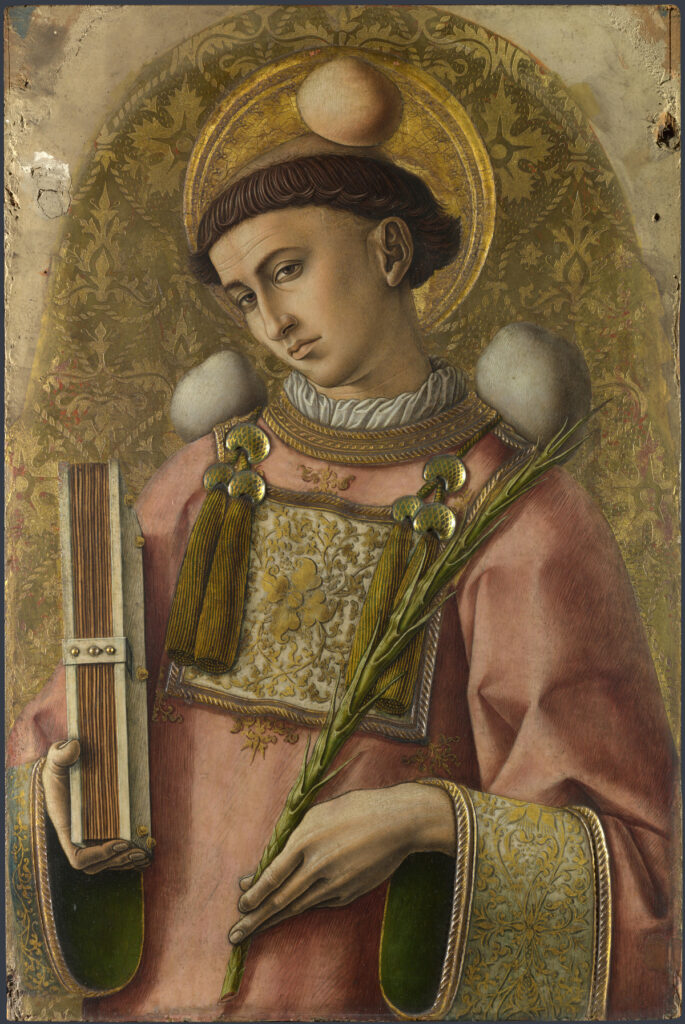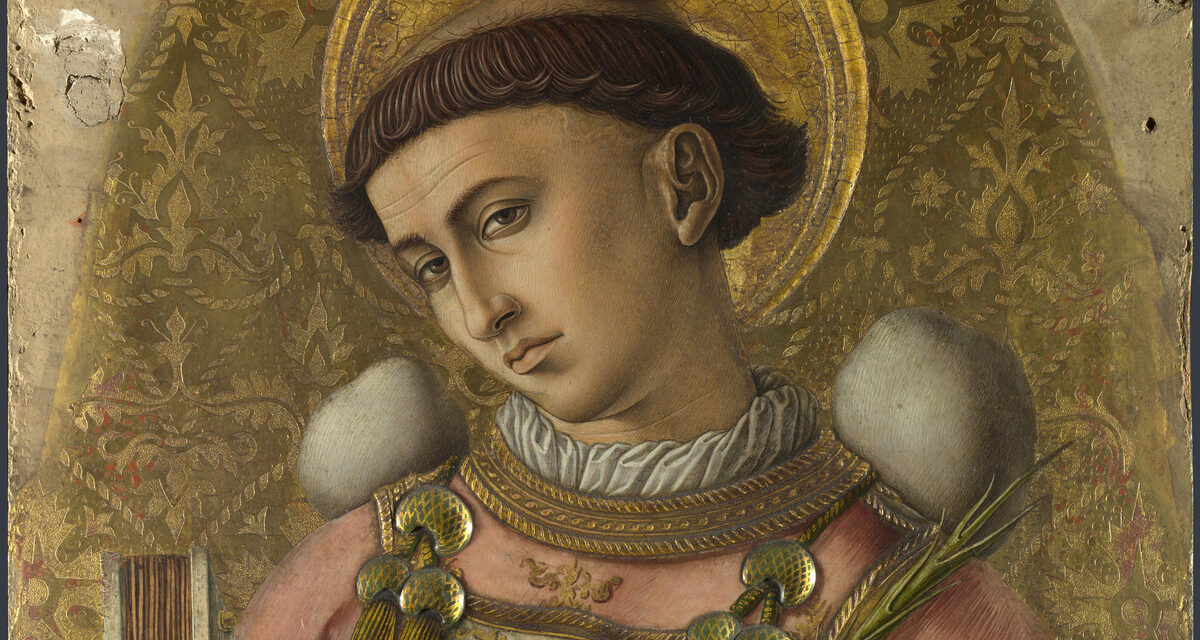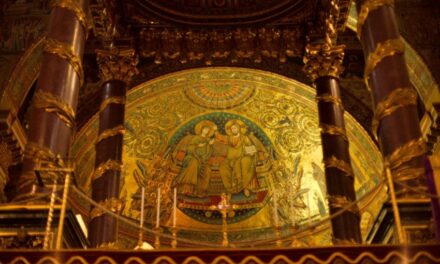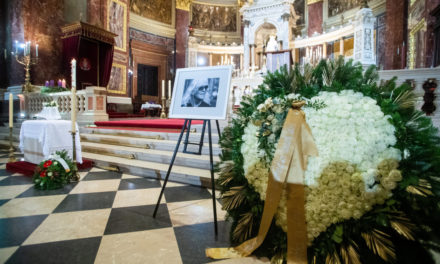Although the Catholic Church celebrates the birth of Jesus for eight days, today it leaves this stream, and the liturgy changes, since now the first martyr, St. Stephen, is the center of attention.
This shift is also indicated by the change in the color of the liturgy, since instead of white, red, referring to blood and suffering, prevails today.
The story of the first Christian martyr is known from the Acts of the Apostles. From this we know that István became the deacon of the Christian community in Jerusalem immediately after the death of Jesus, and for this reason he was brought before the Sanhedrin, that is, the main council, just as Jesus was.
In his case, even the charges were the same: blasphemy. With this, one of the Savior's predictions was fulfilled: " they will drag you before superiors and authorities" (Lk 12:11). The gate through which Stephen was taken outside the city to be executed is still called the Stephen Gate in Jerusalem.

Representation of Saint Stephen in Carlo Crivelli's painting / 1476
Let us now give the word to the holy author, who described István's death in this way: " At this they shouted loudly, plugged their ears and rushed at him with one will, then drove him outside the city and stoned him. And the witnesses laid their outer garments at the feet of a young man named Saul. When they stoned Stephen, he prayed: "Lord Jesus, take my soul!" Then he fell on his knees and cried out loudly: "Lord, don't blame them for this sin!" And when he said this, he died. And Saul agreed with István's execution. On that day a great persecution began against the church in Jerusalem, and all but the apostles were scattered throughout Judea and Samaria. However, pious men buried István and held a great mourning for him. And Saul destroyed the church, going from house to house, carrying off men and women and throwing them into prison. And those who were scattered went and preached the word.” (Acts 6.1–8.2)
The Saul mentioned in the story is none other than the apostle later revered as Saint Paul. Saul was one of the harshest persecutors of Christians in the beginning.
The Bible describes his conversion as follows: "And Saul, panting from the threats and killings against the Lord's disciples, went to the high priest and asked him for letters to Damascus to the synagogues, so that if he found any who were followers of the Lord's way, whether men or women, he could take them bound To Jerusalem. But on the way, as he was approaching Damascus, a heavenly light suddenly shone around him, and as he fell to the ground, he heard a voice saying to him: Saul, Saul, why are you persecuting me? And he asked: Who are you, Lord? He answered: I am Jesus whom you are persecuting."
This is how Saul became Paul, and what happened on the road to Damascus is still referred to as the conversion of Paul.
According to the oldest sources, the church celebrated István's martyrdom on December 26.
The full article HERE .
Source: Ákos Jezsó / hirado.hu
Cover image: Saint Stephen's depiction in Carlo Crivelli's painting (detail)












